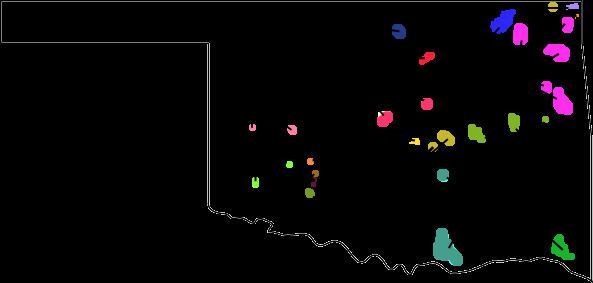Language family AlgicAlgonquianFox | ||
 | ||
Ethnicity 760 Fox and Sauk (2000 census), 820 Kickapoo in the US (2000 census) and 420 Kickapoo in Mexico (2010 census) Native speakers 600 in the US (6 monolinguals) (2001–2007)420 in Mexico (2010) Writing system Latin,Great Lakes Algonquian syllabics | ||
Fox (known by a variety of different names, including Mesquakie (Meskwaki), Mesquakie-Sauk, Mesquakie-Sauk-Kickapoo, and Sac and Fox) is an Algonquian language, spoken by a thousand Fox, Sauk, and Kickapoo in various locations in the Midwestern United States and in northern Mexico.
Contents
Dialects
There are three distinct dialects: Fox (also called Mesquakie, Meskwaki), Sauk (also rendered Sac), and Kickapoo (also rendered Kikapú; considered by some to be a closely related but distinct language). If Kickapoo is counted as a separate language rather than a dialect of Fox, then there are only between 200 and 300 speakers of Fox. Extinct Mascouten was most likely another dialect, though it is scarcely attested.
Revitalization
Most speakers are elderly or middle-aged, making it highly endangered. The tribal school at the Meskwaki Settlement in Iowa incorporates bilingual education for children. In 2011, the Meskwaki Sewing Project was created, to bring mothers and girls together "with elder women in the Meskwaki Senior Center sewing traditional clothing and learning the Meskwaki language."
Prominent scholars doing research on the language include Ives Goddard and Lucy Thomason of the Smithsonian Institution and Amy Dahlstrom of the University of Chicago.
Phonology
The consonant phonemes of Fox are given in the table below. There are eight vowel phonemes: short /a, e, i, o/ and long /aː, eː, iː, oː/.
Other than those involving a consonant plus /j/ or /w/, the only possible consonant cluster is /ʃk/.
Until the early 1900s, Fox was a phonologically very conservative language and preserved many features of Proto-Algonquian; records from the decades immediately following 1900 are particularly useful to Algonquianists for this reason. By the 1960s, however, an extensive progression of phonological changes had taken place, resulting in the loss of intervocalic semivowels and certain other features.
Writing systems
Besides the Latin script, Fox has been written in two indigenous scripts.
"Fox I" is an abugida based on the cursive French alphabet (see Great Lakes Algonquian syllabary). Consonants written by themselves are understood to be syllables containing the vowel /a/. They are l /pa/, t /ta/, s /sa/, d /ša/, tt /ča/, の /ya/, w /wa/, m /ma/, n /na/, K /ka/, 8 /kwa/. The characters d for /š/, tt for /č/, and 8 for /kw/ derive from French ch, tch, and q(u).
Vowels are written by adding dots to the consonant: l. /pe/, l· /pi/, l.. /po/.
"Fox II" is a consonant–vowel alphabet, though according to Coulmas /p/ is not written (as /a/ is not written in Fox I). Vowels (or /p/ plus a vowel) are written as cross-hatched tally marks, approximately × /a/, II /e/, III /i/, IIII /o/.
Consonants are (approximately) + /t/, C /s/, Q /š/, ı /č/, ñ /v/, ═ /y/, ƧƧ /w/, 田 /m/, # /n/, C′ /k/, ƧC /kw/.
